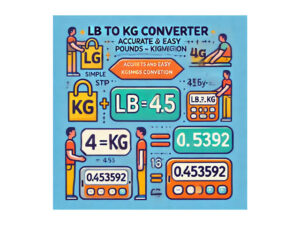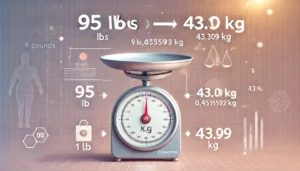When working with measurements, converting between different units can sometimes be tricky. One such conversion is between centimeters (cm) and inches. If you need to know how many inches are in 110 centimeters, you’ve come to the right place. This article will guide you through the process of converting 110cm to inches and provide some context for better understanding both metric and imperial systems.
What Are Centimeters and Inches?
Before we dive into the conversion, it’s essential to understand the difference between centimeters and inches. These units of measurement are used in different systems: the metric system and the imperial system, respectively.
- Centimeters (cm): A metric unit used worldwide, particularly in countries that use the metric system. It is part of the International System of Units (SI), where 1 centimeter is 1/100th of a meter.
- Inches (in): An imperial unit primarily used in the United States and a few other countries that follow the imperial system. One inch equals 2.54 centimeters.
Understanding these units will make the conversion process much easier.
Converting 110cm to Inches
To convert centimeters to inches, we use the simple formula: Inches=Centimeters÷2.54\text{Inches} = \text{Centimeters} \div 2.54Inches=Centimeters÷2.54
Now, applying this to 110cm: Inches=110÷2.54=43.31\text{Inches} = 110 \div 2.54 = 43.31Inches=110÷2.54=43.31
So, 110cm is equal to approximately 43.31 inches.
Why Use This Conversion?
This conversion is often used in various fields, such as:
- Fashion and Clothing: Clothing sizes may be listed in either centimeters or inches, depending on the country. For example, a person’s height or waist measurement may need to be converted from centimeters to inches for consistency across different sizing systems.
- Construction and Engineering: While most of the world uses the metric system, certain countries, such as the United States, use inches for measurements. Builders, architects, and engineers may need to convert measurements when working on international projects.
- Personal Use: Many people encounter this conversion when shopping online, measuring furniture, or comparing height or length measurements in different systems.
Examples of Converting Other Measurements
Let’s consider some additional conversions to help you practice. For instance, to convert 150cm to inches, we use the same formula: 150÷2.54=59.06 inches150 \div 2.54 = 59.06 \text{ inches}150÷2.54=59.06 inches
Thus, 150 centimeters equals 59.06 inches.
Similarly, converting 200cm to inches: 200÷2.54=78.74 inches200 \div 2.54 = 78.74 \text{ inches}200÷2.54=78.74 inches
So, 200 centimeters is approximately 78.74 inches.
Practical Tips for Conversion
- Use a Calculator: If you’re often converting measurements, a calculator or online converter can save you time.
- Round When Necessary: For everyday use, you can round your conversion to the nearest inch. For example, 43.31 inches can be rounded to 43 inches if high precision is not required.
- Use the Formula for Other Conversions: You can easily apply the same method for any centimeter measurement to convert it into inches. Just divide by 2.54.
When to Use Centimeters or Inches
The choice between using centimeters or inches depends on your location and the specific task at hand. The metric system is used internationally, making centimeters more common in scientific, medical, and most industrial fields. On the other hand, inches are frequently used in the United States for everything from clothing sizes to construction.
In global contexts, it’s often helpful to understand both systems, as you might encounter either unit depending on the country, product, or industry.
Conclusion
Converting 110cm to inches is straightforward using the simple formula of dividing centimeters by 2.54. In this case, 110cm equals approximately 43.31 inches. Understanding the conversion process can help you in various fields, from fashion to engineering, and will make it easier to navigate measurements in both metric and imperial systems.
Whether you’re converting your height, choosing the right size, or working on an international project, this knowledge will serve you well. Always remember to use a calculator for precise conversions and round as needed for practicality.





